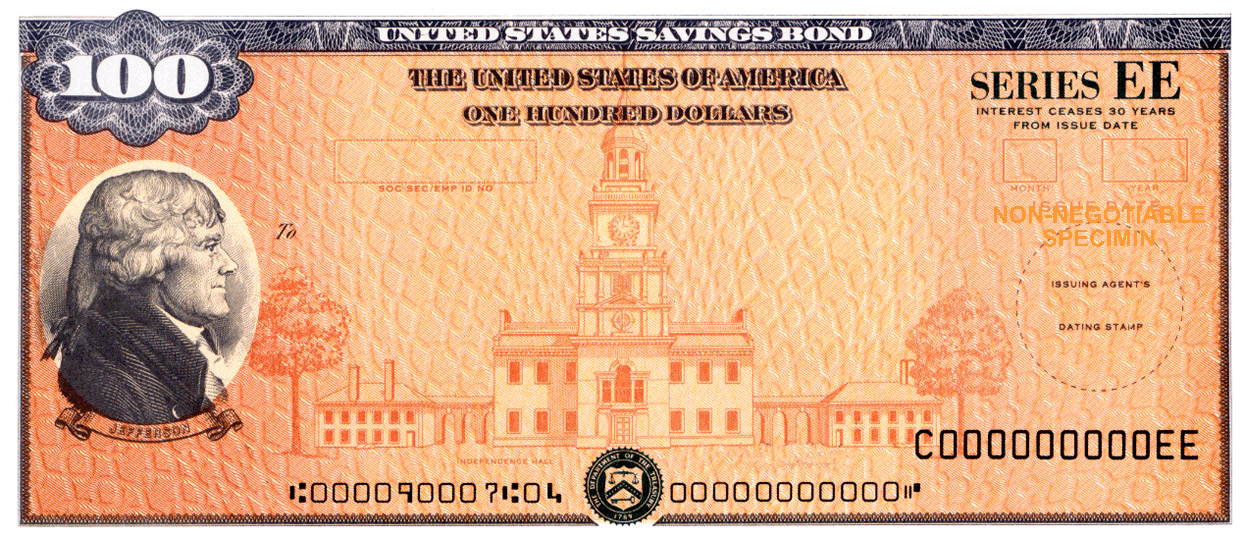| Home |
Introduction |
Tasks |
Project |
Money |
Investment Terms |
Investment Vehicles |
Why Invest? |
Conclusion |
Evaluation |
Teacher Page |
References |


Bonds-a
written promise of payment by a corporation or government at the end of
a
specific time period. Bondholders receive interest on the amount they
have
loaned. Capital gains and losses can also occur. (Michigan
Council on Economic Education, Glossary terms by
benchmark)
Generally bonds are of medium
risk, although some are rated as “junk” or below investment grade.
Mutual
Funds-A
mutual fund is a group of individual investors pooling their money
together to
buy different types of investment securities. Mutual funds are
administered by a mutual fund manager. (Moneyinstructor,
Understanding
mutual
funds) A
mutual fund can be all stocks,
all bonds, or also may contain other investment securities.
Stocks-a
share of ownership in a corporation. Successful companies reward
investors with
dividends and earnings per share. (Michigan
Council on Economic Education, Glossary terms by
benchmark)
Generally
stocks carry the most risk. Although
there are also risks within the different categories of stocks,
depending on the
company’s size.
Open
each company's investor websites below.
Click on the symbols inside the parenthesis. A stock's market capitalization is
calculated by taking the current price per share and multiplying it by
the number of shares outstanding.
Large
Cap Stocks. Ford Motor Company (F)
Mid Cap
Stocks.
Detroit Edison (DTE)
Small
Cap Stocks.
Aastrom Biosciences (ASTM)
Some
companies allow individual
investors to invest directly in their company. These plans are
called dividend reinvestment
plans
(DRIPS). DRIPS are attractive to
small individual investors because they generally have a low minimum
amount to start (as
low as
$50) and most do not charge any fees to invest.
Print
out the Investment Securities Task, use
the internet to help you answer the questions. Turn it in for
credit. You are on
your way to understanding and investing your own financial securities.